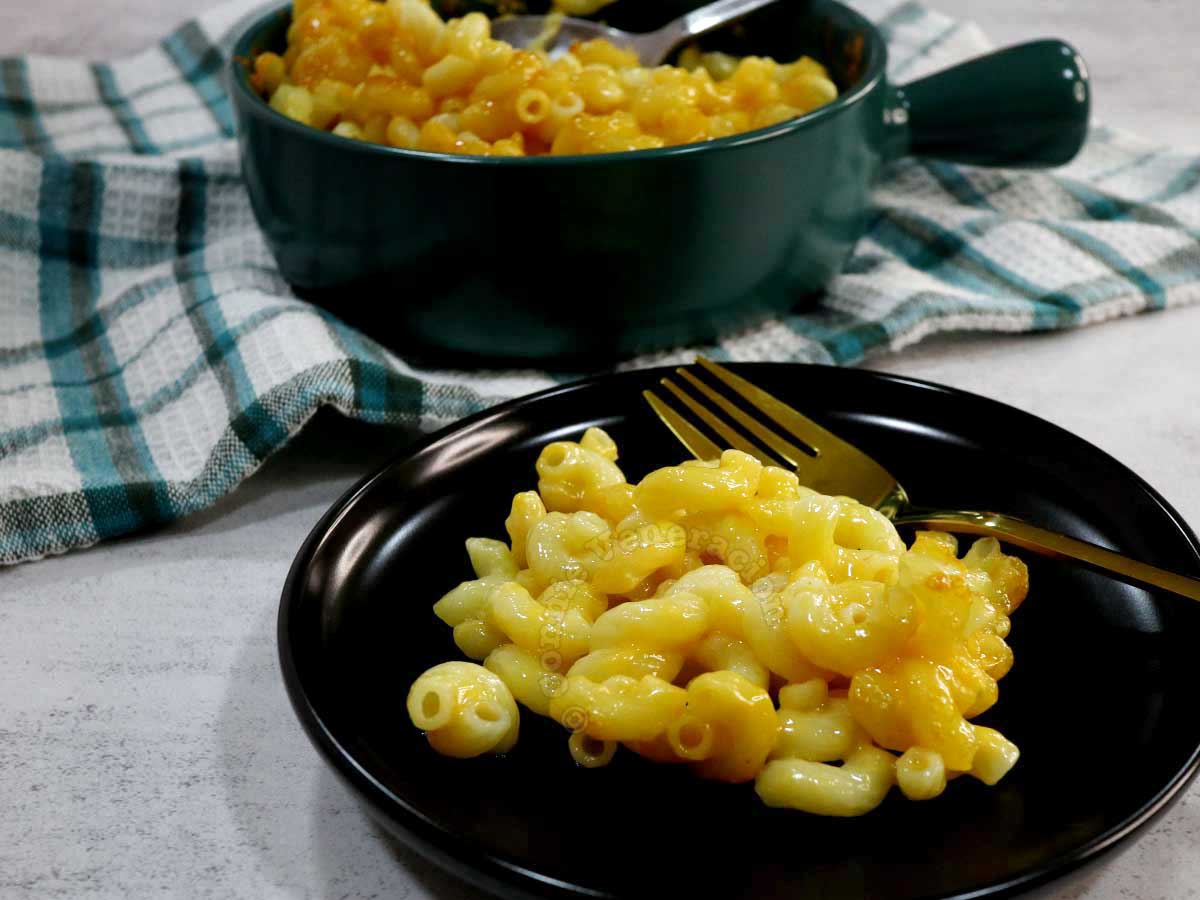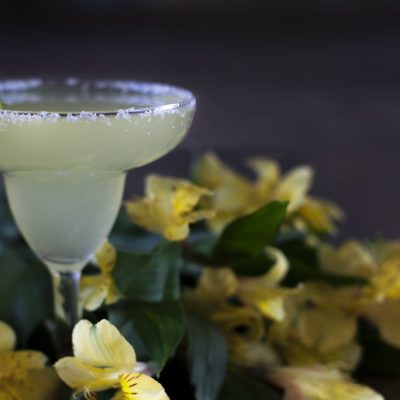That was something I learned after bingeing on Netflix’sHigh on the Hog: How African American Cuisine Transformed America. The show was so intriguing that it sent me searching for anything and everything about macaroni and cheese that I could read on the web.
Italian and English macaroni in the 14th century
Yes, the dish appears to be that old. It might be even older but since we’re working with what has been documented, let’s just peg it at the 14th century.
Two cookbooks published at the time, the Italian Liber de Coquina and the English The Forme of Cury have recipes that are essentially macaroni and cheese. In both cookbooks, macaroni and cheese was a layered dish of butter, macaroni and cheese.
No Béchamel sauce? No. That came later. Per the 1770 cookbook The Experienced English Housekeeper, cheese was mixed with Béchamel sauce, cooked macaroni was mixed with the sauce, sprinkled with Parmesan, and the dish was baked until bubbly.
How macaroni and cheese arrived in the United States
Thomas Jefferson, one of the “Founding Fathers” of the United States and venerated as such, was a slave owner. One of the slaves he owned was James Hemings who later became his personal chef.
Jefferson brought Hemings with him to Paris where he trained to be a chef. This, either because Jefferson was aware of Hemings’ innate culinary talent which he wanted to hone some more, or because Hemings was a half-brother of Jefferson’s wife, Martha, or because of both.
By the time Hemings returned to the United States, he created dishes not only for the Jefferson household’s meals, but also for the lavish dinners that the politically ambitious Jefferson hosted. One of those dishes was macaroni and cheese which was cooked based on its original form — no cheese sauce but merely layers of butter, noodles and cheese baked until the top was lightly browned.
That might seem too simple — too bare-bones for a comfort food — but try making macaroni and cheese the way it was cooked over two hundred years ago and you’ll be amazed at the purity of flavors and textures.
See the recipe for 18th century American macaroni and cheese.




